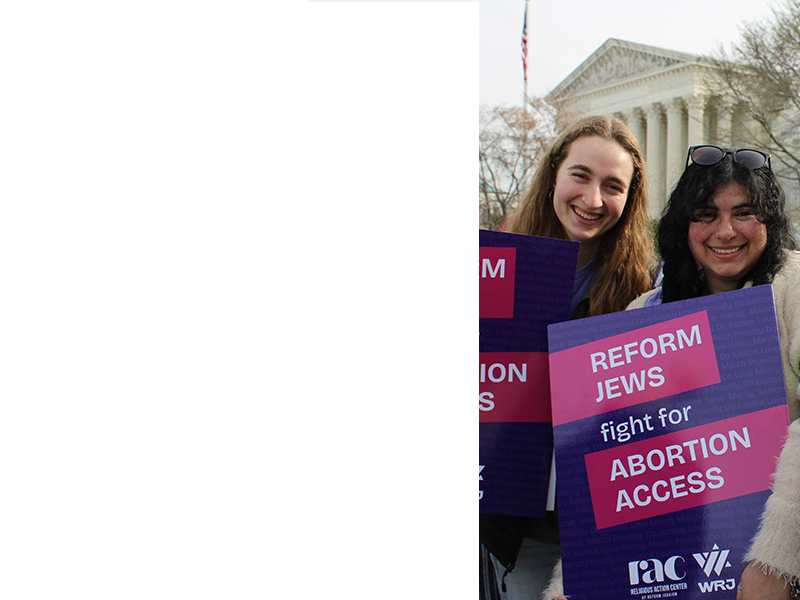Synagogue inclusion committees provide opportunities for people with disabilities to get the accommodations they require in order to fully participate in congregational life. These committees are the means to continually update and enhance the needs that are being served in synagogue life.
Here are some quick tips and ideas to consider when beginning your own inclusion committee or continuing its work.
• Invite a wide range of people to participate, including:
- congregants who have disabilities
- family members of people with disabilities
- professionals in disability-related fields (architects, learning specialists, psychologists, special educators, speech/occupational therapists, social workers, physicians, etc.)
- clergy and synagogue leadership
- other interested congregants
• At your first meeting:
- It may be helpful to have a facilitator run the first meeting.
- Have an agenda but don’t stick rigidly to it; let discussion evolve. Include a d'var Torah that references Jewish texts relating to the inclusion of all people. (See the "Jewish Texts on Inclusion" section of this guide).
- Let all participants tell their stories. What brings them to the table?
- Establish a mission statement and discuss goals for the committee. (See USCJ’s "Why Have an Inclusion Committee?" or "Jewish Community Guide to Inclusion of People with Disabilities" for sample mission statements and committee objectives.)
• Identify next steps:
- What are your congregation's needs now? Create a questionnaire or ask for existing materials to survey identified individuals with disabilities, parents, the educational director, the early childhood director, the rabbi, and others.
- What are some obstacles that prevent others from coming to synagogue and/or participating in synagogue life? Consider all types of barriers: awareness, attitudinal, physical, programmatic, and educational.
• Perform an Inclusion Assessment. How do you know where you are going unless you know where you are? Assess each programmatic area as well as the physical space to determine barriers to inclusion. Review the results and develop both a short-range and long-range plan to address the obstacles that prevent inclusion.
• Write a statement of welcome and inclusion to include in all congregational communications and membership materials. Present this statement to your congregation's Board for their approval.
• Discuss the presence of attitudinal barriers in your congregation. Explore why those attitudes exist and seek ways to address and eliminate them from your congregational family.
• Assign committee members to develop lists of strategies to break down those barriers and promote full participation of persons with disability conditions. Set deadlines for putting those strategies into effect.
• Publicize your committee. Let your congregants know that the inclusion committee exists and that you are a welcoming congregation. Here are tips for publicizing your activities and making sure congregants know that your services and activities are accessible:
- Write newsletter articles.
- Use the universal accessibility logos. Examples here.
- Place welcoming language in the synagogue bulletin.
- Offer sensitivity training to ushers.
- Offer sensitivity training in congregational school.
- Offer large-print bulletins andsiddurim.
- Make assistive hearing devices available.
- Provide special greeters and aides.
- Give sermons and text studies on disability awareness using Jewish values.
- Involve people with disabilities as members of the inclusion committee.
Read more: http://archive.rac.org/Articles/index.cfm?id=23336

